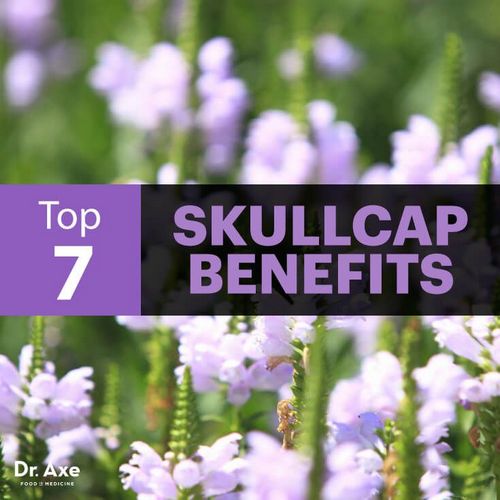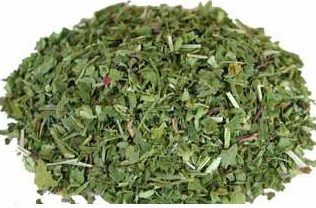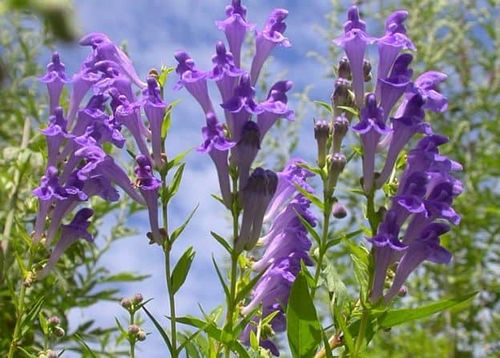
Skullcap is a hardy perennial that can be found in most parts of the world, it grows very well in damp areas. The leaves are pale green and have two leaflets. Skullcap herb is native to Asia, China and parts of northern Russia. Chinese skullcap was used in ancient Chinese traditional medicine to cure headaches, colds, inflammation, infections, and many allergies. It can also have anti-fungal and antibacterial properties.
Recent medical research indicates that skullcap does have some positive effects on skin, hair and nails, but it cannot be considered a medicinal herb. Its main effect is on the respiratory system, but it can cause irritation if it is ingested. One can use skullcap to make a tea, however, it is still considered a vegetable herb in the West.
Skullcap is also known as Chinese gooseberry and the common name is “Shu hsing so.” In China it is known as “Shou sha.” In Russian it is known as “Pulsatilla.”
In Chinese medicinal uses the leaves are chewed as a poultice. They are also taken with other herbs to make a tea. The leaves are said to strengthen the liver and kidneys. They are also said to relieve coughs, diarrhea, sore throats, fever and chills.
The tea is also used as a tonic to soothe inflammation, especially in the stomach and intestinal areas. If left to cool, it will help to alleviate colic. People who suffer from coughs should drink this tea as it contains tannins that are good for treating such conditions. The tea is also an astringent, which will help to reduce swelling.
Other uses of skullcap include improving circulation and aiding in skin regeneration. The tea is also an anti-inflammatory. Skin problems such as rashes, sores and cuts can often be alleviated by drinking skullcap. tea and some of the herbal ingredients of this tea are also used to soothe cuts and burns. and prevent scarring.
Skullcap herb can be used to relieve headaches, tension and stress, as well as it helps to heal various skin disorders. from eczema to rosacea. Some people find that drinking a cup of tea in the morning relieves muscle pains and helps to sleep better at night. The tea can also help reduce the pain associated with hemorrhoids.
Some believe that drinking skullcap herbal tea can help to relieve arthritis, but this is not always the case. Many herbs contain herbs that are known to have certain properties which can interact with a certain type of arthritis to cause other health problems. So if you suffer from arthritis, it is best to discuss this possibility with your doctor before taking any type of herbal tea. Also, many herbs have anti-inflammatory properties, so it would be best to discuss these with your doctor before taking a particular herbal tea for the relief of arthritis.
One of the uses skullcap has as a home remedy is in treating ear infections.

Because of the bitter taste of the leaves, it is difficult for people who do not like tea to swallow it whole. To ease this problem it can be brewed and drank in a cup of water. This tea is also used to treat sinus problems, colds and coughs.
Many people feel that skullcap helps to relieve colds and flu symptoms. If you are suffering from a cold you can prepare a small amount of tea and add two or three sprigs of the leaves to a glass of water. and drink it in the morning or evening. It is not necessary to take this tea if you are suffering from an asthma attack.
A tea made from skullcap tea is also an excellent tonic for stomach cramps and indigestion. Drinking this tea will make you less nauseous and make you feel more energetic. It also has been proven to soothe digestive pain.
One of the main uses of skullcap tea is in treating colds and flu. The tea will help to clear the nasal passages. This means you will not feel as run down if you get a cold. Some people say that drinking a cup of tea before bedtime relieves insomnia and keeps a person more alert during the day.
